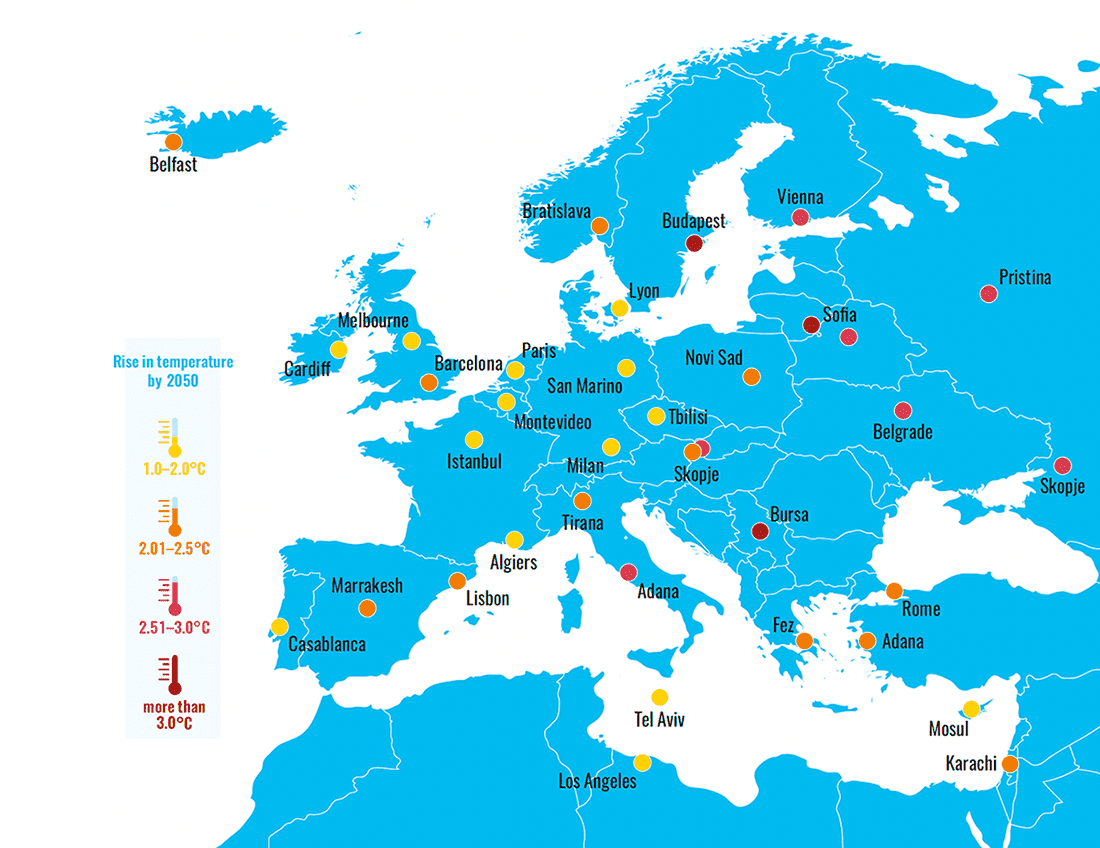Laura Hiscott reviews 99 Maps to Save the Planet by KATAPULT

A few years ago, a friend introduced me to the idea that it’s possible to be shocked but not surprised. This is how I often felt as I flicked through the pages of 99 Maps to Save the Planet, a book that visualizes human impacts on the environment.
Put together by KATAPULT – a German magazine that creates insightful infographics on various social issues – the book has an introduction by conservationist and TV presenter Chris Packham. He makes the point that being bombarded with too much complex information can sometimes leave us confused and floundering. “There is no struggle to grasp the facts displayed so lucidly here,” he says, “no excuse to ignore them.”
While some of the ideas depicted will be familiar to most readers, such as Earth overshoot day, many of the infographics represent information in new ways that are freshly eye-opening for me. For example, in one map cities are labelled not with their own names, but the names of other cities whose current climates they will experience at various degrees of warming. At a temperature rise of 2.01–2.5 °C, London is projected to feel like Barcelona does now. Troublingly, some cities’ future climates cannot be compared with any existing ones.
There is occasional humour throughout, and some pages feel tongue-in-cheek. One, for instance, shows a map of “where people drive SUVs” in blue and “where people need to drive SUVs” in black. The map is, of course, 100% blue, with the exception of groups of islands coloured in red. The key indicates that these are islands that will soon be submerged by the sea.

Magic smartphone trees: technology for a circular economy
The book has some positive pictures too, such as one showing the dramatic global reduction in consumption of substances that damage the ozone layer as a result of the Montreal Protocol that was implemented in the 1980s. But this just leaves me wondering why climate change hasn’t been treated with similar urgency. I hope that the shocking information in this book helps to spur some action, even if it comes without the surprise.
- 2021 Bodley Head £16.99hb 208pp



